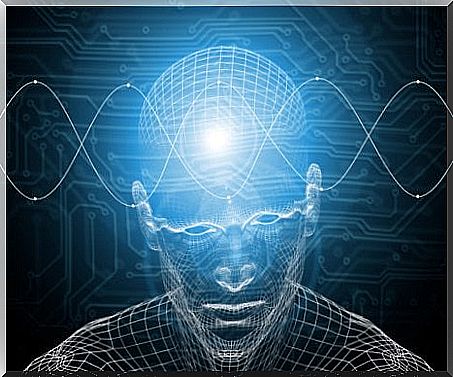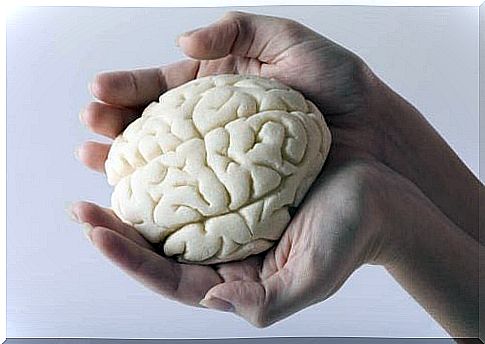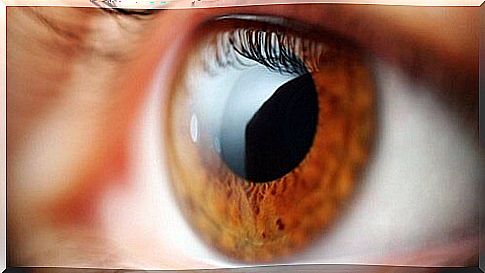Parts Of The Brain Are Not Fully Developed Until You Are 36

Until now, it has been thought that the human primary visual cortex followed the same pattern as other animal species. However, it has now been found that our brain develops much later than assumed.
Maybe you are surprised ; my brain develops until I am 36 years old? How is it possible? To our great surprise – and advantage – it is possible.
Until recently, the brain was thought to be fully developed during the first years of life. Another myth is that if we are adults or get a brain injury, the loss of neurons or brain tissue will be irreparable.

All of these theories (and many more) are being updated as diagnostic techniques, such as MRI scans, improve.
Fortunately, new methods of analyzing and observing are being developed that allow us to discover great things: incredible things, in fact.
One sf them is the power of neuroplasticity. Our brain regenerates no matter how old we are or what trauma we have been through. The brain forms new and constant nerve connections if you stimulate it, train it and improve your cognitive abilities every day.
Another recent, amazing discovery is that the brain is only fully developed in the years between 30 and 40.
This fact may have piqued your interest. Below we will tell more about it.
The brain does not fully develop until the 30s
Whether you have not turned 30 yet, or whether you passed this age decades ago, you should know that this milestone is almost imperceptible. It’s something that goes unnoticed unless you have vision problems.
The news that the brain develops until 36 or even 40 was published a few years ago. It reached publications such as Science Daily and The Journal of Neuroscience.
Also read: Therefore, it is healthy for your brain to read in the evening
The visual cortex of the brain is fully developed after 36
A group of researchers from McMaster University in Ontario, Canada, discovered that the visual cortex – the part of the human brain that processes visual input – stops developing when you are around 40 years old.
Until then, many had thought that this part of the brain was fully developed by the age of 5-6 months. Therefore, this discovery shocked the researchers.
The brain tissue of people between the ages of 20 and 80 was analyzed post mortem at the Faculty of Psychology and Neuroscience at McMaster University.

They discovered the following:
The activity of certain proteins in the brain reached their full strength and activity when the person was between 35 and 41 years old.
Until very recently, the human primary visual cortex was thought to follow the same pattern as animals. In other words: that it was fully developed in early childhood.
However, using this analysis, they were able to discover very interesting. Unlike animals, the complete development of the human brain could be extended by decades.
Human vision continues to evolve after the baby stage, contrary to what was thought.
Certain proteins, especially GABA receptors, achieved 80% of their activity when fully developed.
In addition, it is important to note that no difference was found between men and women. We all follow the same pattern.
Also read: 10 puzzles that test your brain. Can you solve them?
What does this discovery mean?
To understand what this development may mean, we need to look at what the visual cortex does:
- The primary visual cortex processes information received through the retina.
- Once this information is recorded, it brings them to 20 specialized areas of the brain through nearly 280 million neurons.
Dr. Kathryn Murphy, who led the study, explains that something like this opens up significantly more treatment options for many different vision problems.

An example of one of them is a lazy eye:
- This condition, also known as amblyopia, signifies a delay in the development of visual function. In this case, with a clear organic problem, the child’s vision does not develop 100%.
- Until now, it was thought that this was an irreparable problem if it was not treated when the child was between 7 and 9 years old.
- Now, however, it is known that this problem can be treated in 30-year-old adults.
And last but not least, the study opened up more questions and opportunities.
What if our brain has more potential than we think? What if we have more plasticity and more areas still evolve with age?
These are exciting questions that we may have answers to – amazing, hopeful answers – in a few years.








